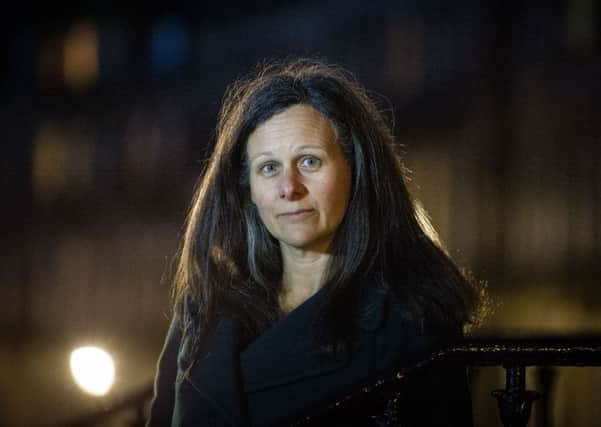Book review: Where are the Women?, by Sara Sheridan


Read the Introduction, however, and all is revealed. The book, in the form of a gazetteer, is a guide to a Women’s Scotland. Streets and buildings are re-named accordingly. Imaginary statues are erected and plaques affixed to walls. Indeed, Sheridan asserts that there are “more statues of animals than there are of women” in her native Edinburgh. So she has redressed the balance. That Gothic extravagance at the east end of what is now “Princess Street” – “the world’s largest monument to a writer” – commemorates Susan Ferrier, author of the 1818 novel Marriage. There is also a splendid fountain in Princess Street Gardens honouring Dame Muriel Spark, while a path across Bruntsfield Links is known as Muriel Spark Walk.
All this is agreeable fooling, and one can’t doubt that Sara Sheridan got a lot of fun out of devising such capers – I’m sorry only that she omitted to draw the reader’s attention to that much-loved statue of the Skye Terrier “Greyfriars Roberta” at the top of Candlemaker Row. Still, one shouldn’t dwell on it. Charming or amusing though these imagined memorials are, the heart of the book is serious, the product of assiduous research, and extremely interesting. Treat it as a quasi-official gazetteer and it will deepen your knowledge of Scotland, even in many cases of your own city, town, village or countryside, and enrich your travels. You will have to be already remarkably knowledgeable not to learn a lot. Be careful, however, to note the symbols, especially that which “indicates that a building, feature or monument is fictional.” Anyone eating at Tibbie Sheil’s Inn by St Mary Loch in Yarrow, who ignores the symbol will be disappointed to find that you can’t, as it happens, “even order from a recreation of Tibbie’s original menus.”
Advertisement
Hide AdAdvertisement
Hide AdFor the most part, as far as I can see, Sheridan excludes living women from her guide book, no doubt because statues and plaques are rarely put up while the person being honoured is still alive (an exception being made nowadays for footballers). Her research has been so thorough that readers will have a hard job seeking out omissions. But when so many writers are remembered it is sad and strange to find no mention of that very fine writer of short stories and short novels, Elspeth Davie, who lived in Edinburgh in a flat overlooking the Meadows. Perhaps sport is less well covered than might be expected. Her imagined “Women’s Sport Museum” may indeed “honour Scotland’s long history of sporting women,” but there is no mention of the Scottish and British Amateur Golf Champion Jessie Anderson (married name Valentine) or her friend and rival Jean Donald. A little more homework needed for a second edition.
Names are sometimes a problem – this itself of course is evidence of how women have been kept underfoot. Lady Tweedsmuir, Unionist MP for Aberdeen South (greatly admired by my mother and called by the Labour veteran Manny Shinwell “the best woman MP ever in the Commons”)is not immediately recognisable as Priscilla Buchan, this being the family name of her second husband, John Buchan’s eldest son. Her first was called Grant and before marriage she was Priscilla Thomson. Speaking of Buchans, Anna who wrote popular novels under the name O Douglas, was John Buchan’s much-loved sister, not cousin as Sheridan has it.
In general Sheridan ignores husbands. Fair enough. Wives have often been pushed deep into the background when people write about their husbands. On the other hand it seems perverse not to mention that Jennie Lee’s husband was Aneurin Bevan and that Marjorie Linklater was married to the novelist Eric.
Where are the Women?, by Sara Sheridan, Historic Environment Scotland, 447pp, £16.99